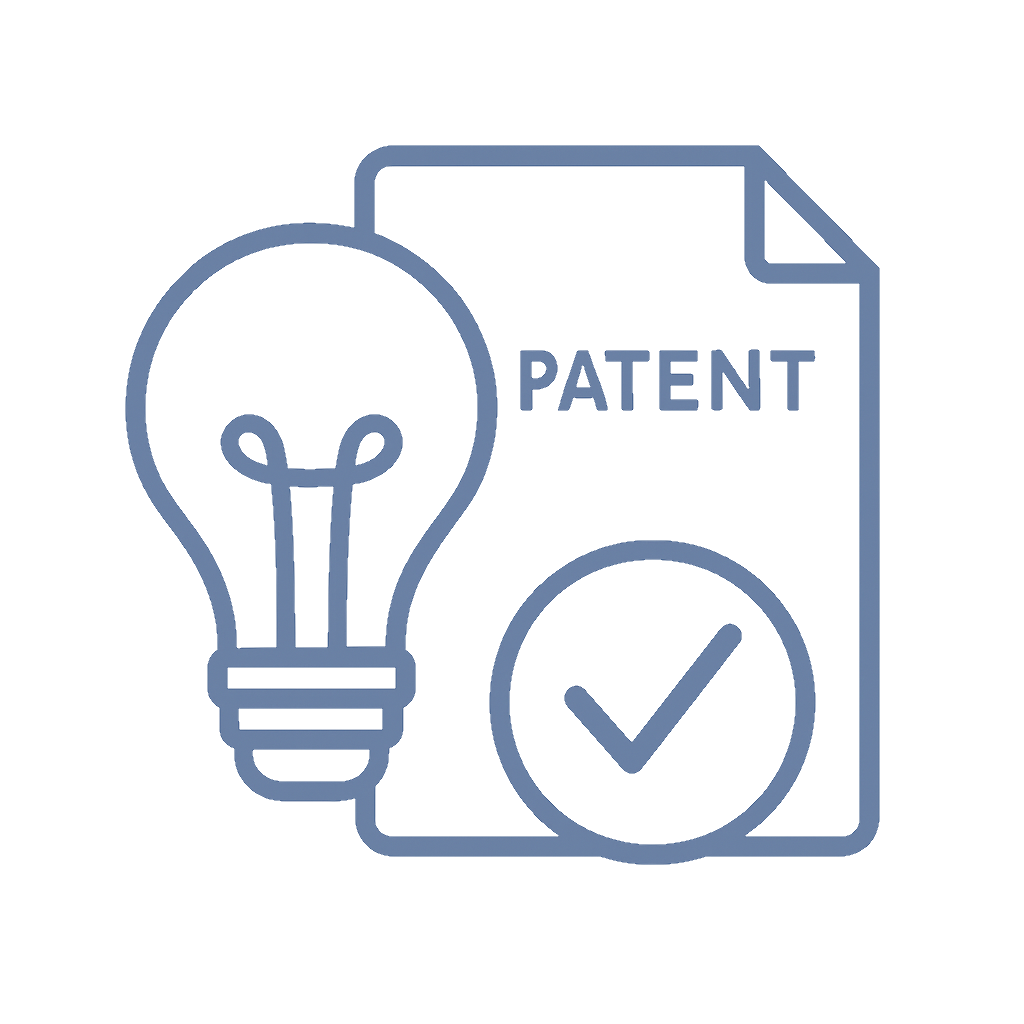Quick Overview
The US patent system offers inventors a one-year grace period to file for patent protection after making a public disclosure or offering an invention for sale. However, failing to act within this 12-month window can lead to losing patent rights entirely. Understanding what qualifies as public disclosure or an offer for sale is critical to safeguarding your intellectual property.

Common Questions & Answers
1. What is the 12-month rule for public disclosure and the offer for sale bar?
Inventors have 12 months from the date of a public disclosure or an offer for sale to file a patent application in the US. If this deadline is missed, the invention becomes ineligible for patent protection.
2. What qualifies as public disclosure?
Public disclosure includes making information about your invention accessible to the public—through publications, online posts, public demonstrations, or even informal conversations.
3. What qualifies as an offer for sale?
An offer for sale occurs when an invention is marketed or made commercially available, regardless of whether the sale is completed or if the invention is finalized.
4. Can disclosures or sales abroad affect US patents?
Public disclosures and offers for sale in any country can trigger the 12-month deadline under US law. Internationally, this rule varies significantly.
5. What are some safe strategies to protect my invention?
Filing a provisional patent application before any public disclosures or commercial activity is the best way to ensure your invention remains eligible for protection.

Examples of Public Disclosures
What Qualifies:
- Publishing a research paper describing the invention’s functionality or design.
- Presenting at a trade show, conference, or public forum where details of the invention are shared.
- Uploading a video or social media post showcasing how the invention works.
- Publicly accessible website descriptions of the invention.
- Sharing prototypes or drawings without an NDA in place.

What Does Not Qualify:
- Private communications under an NDA where the invention details are shared confidentially.
- Internal use or testing within a company, with no public access or external sharing.
- Discussions among inventors or legal advisors that are not open to the public.
- General descriptions that do not reveal functional details or the invention itself (e.g., “We’re developing a groundbreaking tool” without specifics).

Examples of Offers for Sale
What Qualifies:
- Advertising the invention in a catalog or online store, even if no sales occur.
- Pitching the product to customers or taking pre-orders, even without physical delivery.
- Entering into a sales agreement, even in private, where the invention is commercially offered.
- Proposals or bids where the invention is detailed and offered for purchase.

What Does Not Qualify:
- Exploratory discussions with potential partners that do not involve an actual offer to sell.
- Testing or demonstrating a prototype without a commercial transaction.
- Sharing the invention in academic or research settings without commercial intent.
- Internal evaluations or R&D activities without market exposure.

Step-by-Step Guide to Managing the 12-Month Deadline
-
Document Key Dates
Track when and where your invention is disclosed or offered for sale to determine the exact deadline for filing a patent application. -
File a Provisional Application
Submitting a provisional application before public disclosures or sales triggers your “priority date,” protecting your invention while refining it further. -
Limit Disclosures and Sales
Avoid sharing detailed information publicly or marketing your invention until you’ve filed a patent application or have clear legal strategies in place. -
Understand International Rules
Unlike the US, many countries lack a grace period, so filing before public disclosures or sales is critical for global patent rights. -
Consult a Patent Attorney
Ensure all disclosures and sales activities are reviewed to avoid accidentally triggering the bars.
Historical Context
The 12-month deadline under US patent law is a unique feature, offering inventors a grace period to test their ideas or explore market interest. This system stems from the Patent Act of 1952, which established the grace period to encourage innovation without penalizing inventors for initial public engagement. The America Invents Act (AIA) of 2011 redefined these rules under the first-to-file system, making early filing even more critical for securing rights.

Business Competition Examples
1. Kickstarter Campaign Dilemma
A startup launched a crowdfunding campaign showcasing their new gadget but didn’t file for a patent until 13 months later, losing eligibility due to public disclosure.
2. Corporate Collaboration Gone Wrong
A tech firm shared their invention’s details in a meeting without an NDA, assuming confidentiality. A rival filed for a patent first, using the shared information.
3. Trade Show Misstep
An inventor demonstrated their product at a trade show without realizing it counted as public disclosure, missing the 12-month filing deadline.

Discussion
The 12-month grace period reflects a balance between encouraging innovation and ensuring that inventions benefit society promptly. However, the strictness of this deadline often surprises inventors unaware of what constitutes disclosure or sale. This creates challenges, particularly for startups eager to test their inventions in public or seek early funding. Proactive legal strategies and timely patent filings are essential to navigate these complexities.

The Debate
Pro 12-Month Deadline:
The grace period allows inventors to refine their ideas and test the market before committing to the patent process.
Against 12-Month Deadline:
Critics argue that the timeline is too short, particularly for startups needing time to secure funding or finalize prototypes.

Takeaways
- File your patent within 12 months of public disclosure or offering your invention for sale.
- Use NDAs and confidentiality agreements to protect discussions and demonstrations.
- Avoid posting or advertising your invention publicly until after filing.
- Monitor international rules, as many countries lack a grace period.
- Seek expert advice to ensure no unintentional disclosures or sales jeopardize rights.

Potential Business Hazards
-
Lost Patent Eligibility
Disclosing too early or selling prematurely can render your invention ineligible for protection. -
Unintentional Bar Triggers
Misinterpreted activities, like private sales or casual mentions, can unknowingly invoke bars. -
Limited International Protections
Public disclosure or sales activities might jeopardize rights in jurisdictions without a grace period. -
Weakened Negotiation Leverage
Without a patent, others might exploit your innovation during collaboration or funding discussions.

Myths and Misconceptions
-
“NDAs Fully Protect My Invention”
While helpful, NDAs don’t replace the need for filing a patent application. -
“I Can Wait Until My Product Sells Well to File”
Delays can lead to offer for sale bar violations, eliminating patent eligibility. -
“Public Disclosure Means Only Large Presentations”
Even informal mentions can count as public disclosure. -
“Provisional Applications Are Expensive and Unnecessary”
Provisional applications are cost-effective safeguards for your rights. -
“The US Grace Period Applies Everywhere”
Many countries lack a grace period, requiring filings before any disclosures.

Book & Podcast Recommendations
-
“Patent It Yourself” by David Pressman
This guide simplifies patent law for inventors, offering practical tips on avoiding disclosure and sale traps. -
“The Inventor’s Guide to Trademarks and Patents” by Alan S. Gutterman
A deep dive into IP protection strategies, emphasizing patent application timing. -
“IP Fridays” Podcast
This podcast covers global IP trends, with episodes discussing pitfalls of public disclosures and sales. -
“Stuff You Should Know” Podcast (Patent Episode)
An engaging and accessible breakdown of how patents work, including potential hazards.

Legal Cases
-
Egbert v. Lippmann (1881)
This case established that even a private use can constitute public disclosure under specific conditions. -
Pfaff v. Wells Electronics (1998)
Clarified the offer for sale bar, emphasizing that it applies regardless of whether the invention has been reduced to practice. -
Helsinn Healthcare S.A. v. Teva Pharmaceuticals USA, Inc. (2019)
Reaffirmed that even non-public sales can trigger the offer for sale bar under the AIA.

Share Your Expertise
Looking for expert guidance on securing your patent rights? Explore Miller IP’s resources for startups and small businesses at InventiveUnicorn.com.

Wrap Up
Navigating the public disclosure and offer for sale bars requires a proactive and informed approach. By understanding these rules, filing strategically, and seeking expert advice, you can protect your invention and maximize its commercial potential.












